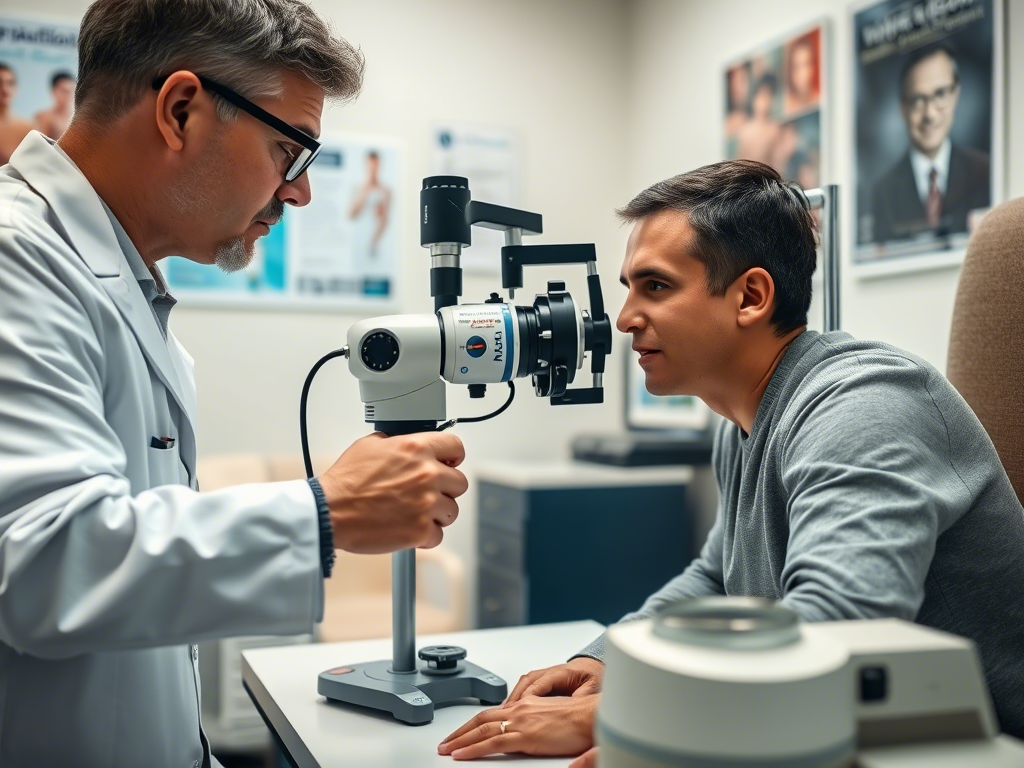
Eye Scan Could Reveal Parkinson’s Disease Early
A groundbreaking study suggests that a simple eye exam might detect Parkinson’s disease long before motor symptoms like tremors appear , offering a promising step toward early diagnosis and treatment.
Published in Neurobiology of Disease , the research led by scientists at Université Laval shows that the retina reacts differently to light in people with Parkinson’s , compared to healthy individuals. This finding could lead to a non-invasive, routine screening method using standard eye exams.
Currently, Parkinson’s is diagnosed only after visible movement problems occur — often years after the disease has already started damaging brain cells.
“By then, the degeneration is well underway and irreversible,” said Dr. Martin Lévesque , the study’s lead author and professor at Université Laval. “Finding early biomarkers is key to catching the disease sooner, when treatments may be more effective.
Because the retina is directly connected to the central nervous system , researchers believe it can act as a “window” into the brain. Changes in how the retina responds to light may reflect underlying neurological conditions — including Parkinson’s.
In the study, participants with early-stage Parkinson’s underwent retinal tests involving flashes of light at different intensities and colors. Electrodes placed under the eye measured the retinal response. When compared to a control group, those with Parkinson’s showed a distinct pattern of reaction — a potential early signal of the disease.
Hope for Early Intervention
This discovery opens the door to earlier detection and better monitoring of Parkinson’s — possibly even before symptoms begin. With further development, such a test could become part of regular eye checkups, helping doctors identify the disease at a stage where therapies might slow or prevent its progression.
Animal Studies Support Early Detection Potential
To back their findings, the research team conducted similar retinal tests on transgenic mice that produce a human protein linked to Parkinson’s disease.
“We tested young mice that showed no motor symptoms yet,” explains Dr. Martin Lévesque, the study’s lead researcher. “Even at this early stage, their retinas responded differently — confirming that changes in vision could signal the disease before movement problems appear.”
Parkinson’s typically affects people over 60. However, detecting it earlier — around age 50 — could allow for timely interventions that may slow or even prevent the loss of brain cells linked to the disease.
“This test could not only help diagnose Parkinson’s sooner, but also track how the disease progresses and how well treatments are working,” says Lévesque.





